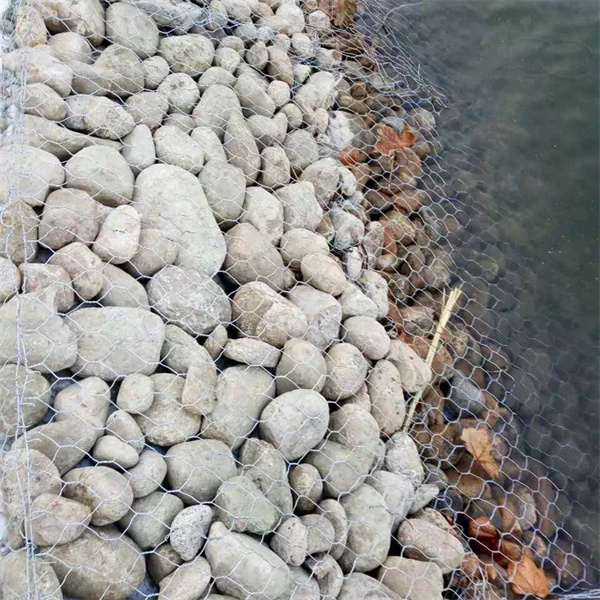joulu . 13, 2024 18:21 Back to list
best retaining wall gabion
The Best Retaining Wall Gabion Structures
Retaining walls are essential structures in landscaping and civil engineering, employed to hold back soil and create level surfaces. Among the various types of retaining walls, gabion walls have gained popularity for their durability, aesthetic appeal, and environmental benefits. This article explores the best features of gabion retaining walls and their various applications.
What are Gabion Walls?
Gabion walls consist of wire mesh cages filled with rocks, stones, or other materials. These cages are typically made of steel or galvanized wire that is resistant to corrosion, offering longevity and robustness. Once filled, the gabion boxes create a strong, permeable structure that effectively resists soil and water pressure. The voids in the wall allow for drainage, reducing hydrostatic pressure buildup, which can be a common problem for other types of retaining walls.
Benefits of Gabion Retaining Walls
1. Aesthetic Versatility Gabion walls can be designed in various shapes and sizes. The exposed rock or stone can be chosen to complement the surrounding landscape, providing a natural look that blends seamlessly with the environment. Homeowners and designers appreciate the ability to customize these walls to fit specific aesthetic requirements.
2. Ecological Advantages Gabion walls offer significant ecological benefits. The gaps between the stones allow water to flow through, which helps to prevent erosion and maintain the natural hydrology of the area. Moreover, these walls can support plant growth; over time, vegetation can establish itself within or around the gabion, enhancing biodiversity.
3. Cost-Effectiveness Gabion walls are often more cost-effective than traditional concrete walls, especially for larger projects. The materials used for filling the cages, such as local rocks or recycled materials, can often be sourced inexpensively. Additionally, the construction process is generally simpler and requires less heavy equipment, which can further reduce labor costs.
best retaining wall gabion

4. Durability and Longevity Gabion walls are designed to withstand harsh weather conditions, including freeze-thaw cycles and heavy rains. The materials used are typically resistant to degradation, ensuring that the structure maintains its integrity over time. When properly installed, gabion walls can last for decades with minimal maintenance.
5. Easy Installation The assembly of gabion walls does not require extensive engineering knowledge. They can be quickly installed by placing the wire cages and filling them with stone. This simplicity makes them an attractive option for DIY enthusiasts and professional landscapers alike.
Applications of Gabion Walls
Gabion walls are versatile and can be used in several applications, including
- Landscape Design Homeowners often use gabion walls to create terraces, seating areas, or decorative features in gardens. - Erosion Control In areas prone to soil erosion, gabion walls can stabilize slopes and protect against washouts. - Flood Management These structures can be utilized in flood-prone areas to manage stormwater and prevent damage to property.
- Bridge and Road Construction Gabion walls are often used as supports for bridges and roadways, providing stability to embankments.
In conclusion, gabion retaining walls stand out as one of the best options for landscaping and civil engineering applications. Their aesthetic appeal, cost-effectiveness, ecological benefits, and durability make them a preferred choice for many projects. Whether for residential landscaping or larger civil works, gabion walls provide an excellent solution for managing soil and water, ensuring both functionality and beauty in the environment.
-
Understanding Load-Bearing Capacity of Gabion Boxes
NewsJul.17,2025
-
The Importance of Corrosion-Resistant Wire in Gabion Construction
NewsJul.17,2025
-
How Gabion Boxes Prevent Soil Erosion Effectively
NewsJul.17,2025
-
Environmental Benefits of Gabion Cages
NewsJul.17,2025
-
Best Stone Types for Gabion Walls with Steps
NewsJul.17,2025
-
Benefits of Using Rock Gabion Baskets in Landscaping
NewsJul.17,2025
-
The Role of Galvanized Gabion Mesh in Riverbank Protection
NewsJun.26,2025






